New Iron Entry Door ROI Over 200%: Why a New Iron Door Is One of the Smartest Home Investments You Can Make
When you think about investing in your home, you likely picture dramatic projects—adding a new bathroom, remodeling the kitchen, or […]
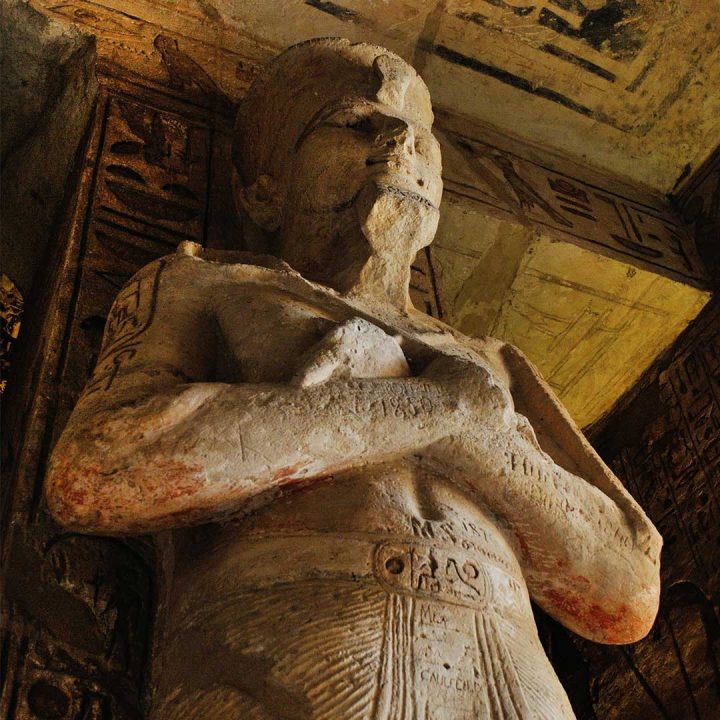
According to The History Of Doors: A Travel Through Time, the first recorded history of doors was found in Egyptian tomb paintings 4000 years ago. In ancient Egyptian architecture, a false door was a wall decoration that looked like a window, it was common in tombs and represented a gate to the afterlife. No one knows who actually invented the door, only that it was first developed somewhere in central Egypt.
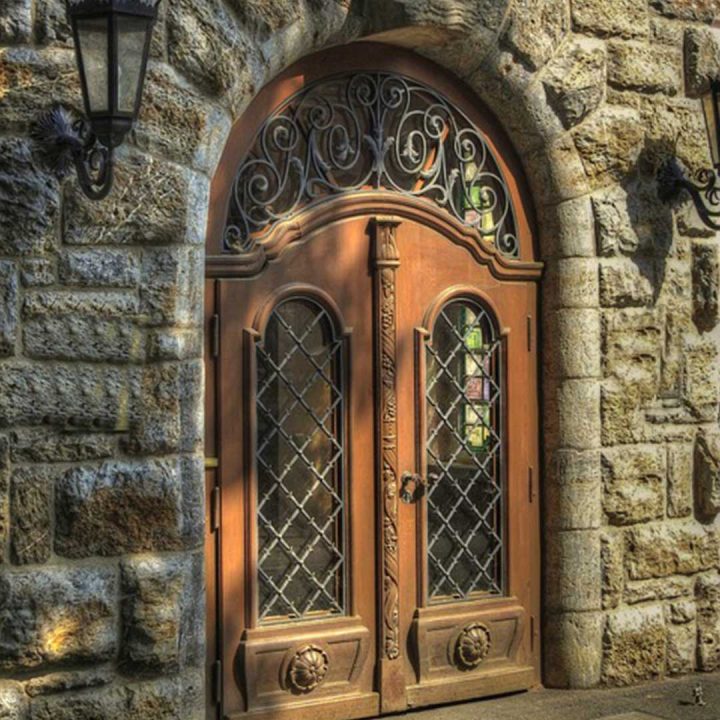
In the Middle Ages – approx. 5th to 15th Century – doors developed into a status symbol of wealth and prosperity. The more intricate the design, the more affluent the owner. According to Ancient Doors and Royalty: A Walk through Historic Door Designs, Greek and Roman Medieval doors integrated copper and alloys (Iron Entries!) in their designs and differing seals could stand for reputation, prestige, status, and wealth. Church and Cathedral doors were often lined with valuable metals, like gold and bronze, to mark the building as a sacred monument. They were said to be fine metal artworks, as images of bronze and other metal temple doors show the intricacy of their designs.
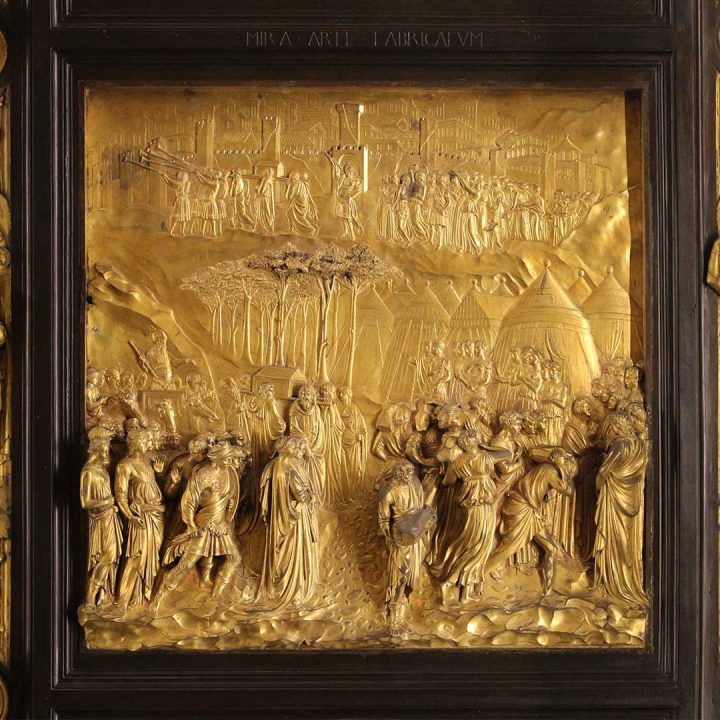
Elaborate entry doors did not die with the Middle Ages. Elegant craftsmanship was at its finest during the Renaissance in the 16th and 17th century. This was a time of intellectual pursuits and the development of art by masters like Michelangelo and Da Vinci. A notable door during this era was designed by Artist Lorenzo Ghiberti. According to Architectural Digest, The Porta del Paradiso (or “Gates of Paradise”) have decorated the Baptistery of San Giovanni in Florence since 1452. Constructed from bronze with gold overlay, these Renaissance pieces feature 10 sculpted panels that reference scenes from the Old Testament.
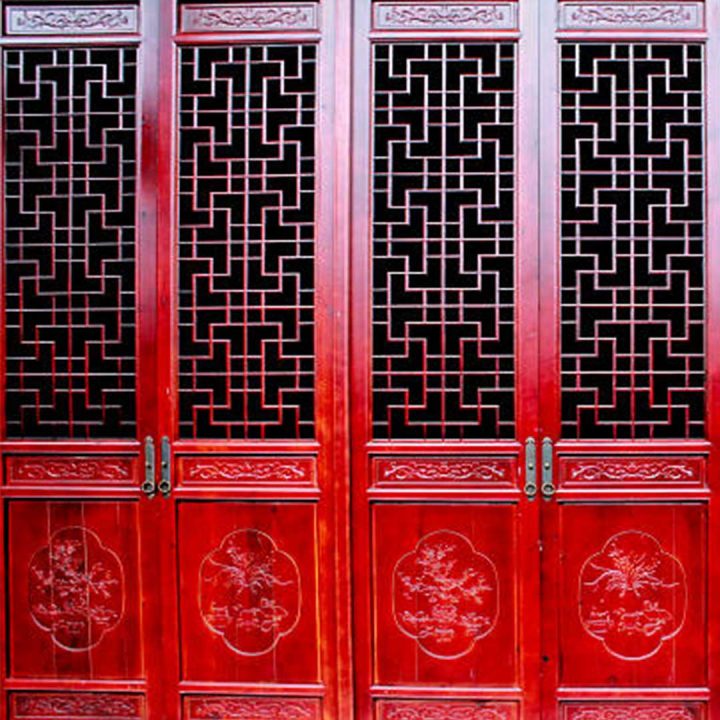
If we’re talking about ingenuity, leave it to the Chinese to create the first foot-sensor-activated door during the reign of Emperor of Yang of Sui, ruling from 604 to 618. Chinese Temple doors had the most notable designs, since they were in vivid colors and had very detailed latticework. The latticework depicted Chinese characters and myths, which are believed to bring luck and prosperity. Luck is a very important part of the Chinese tradition, not only in their use of symbols but also color. Red is considered a lucky color, so even their use of red on their entry doors was to provide luck and ward off evil.
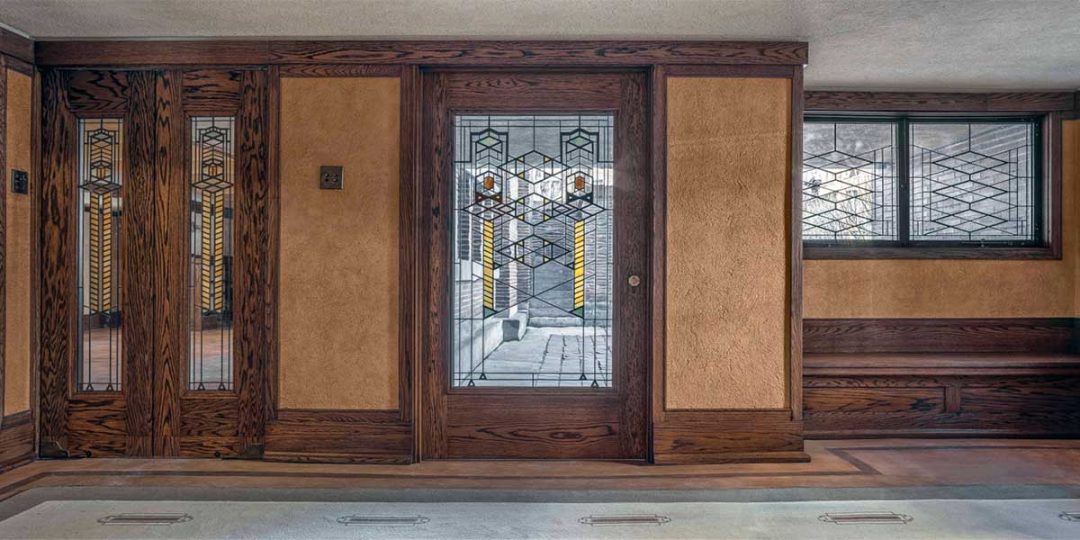
We can’t forget about the more contemporary though! Architects such as Frank Lloyd Wright redefined what American entry doors look like today! Frank Lloyd Wright finished this famous house in Chicago in 1910, for which he designed both the structure and its furnishings (the structure was designated as a UNESCO World Heritage Site in 2019). His use of glass added a more open, bright and welcoming feel to the modern home.
These beautiful and iconic doors are works of art in their own right. Distinctive, decorative doors are meant to impress – and even inspire – those who cross their thresholds. Entrances continue to be one of the main focuses when designing a space. They make a statement about what lies inside.
Submit the form below for your FREE Design Consultation and Quote. Or Call us directly at 844-476-6100.
Submit the form below for your FREE Design Consultation and Quote. Or Call us directly at 844-476-6100.
Limited time discounts on our most popular Iron Entry & Iron Security Doors. Submit the form below for your FREE Design Consultation and Quote. Or Call us directly at 844-476-6100.